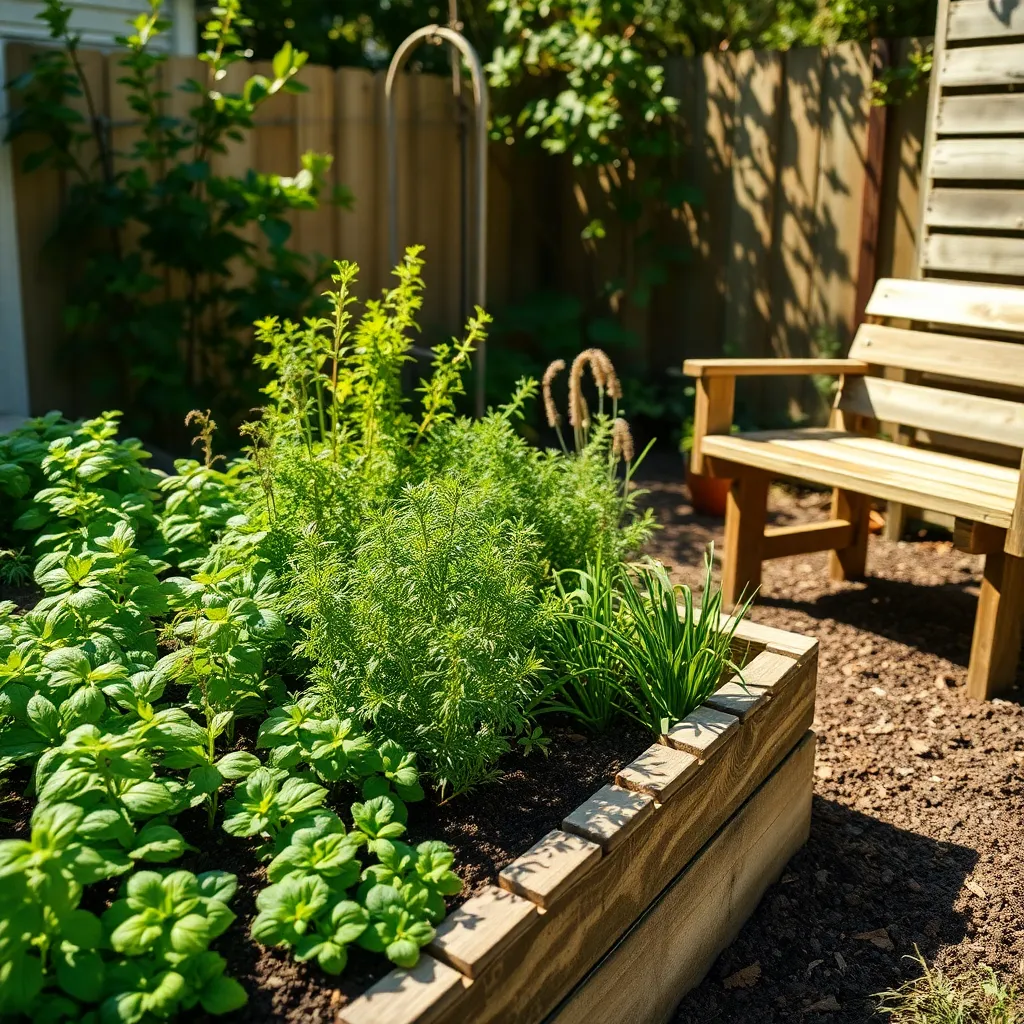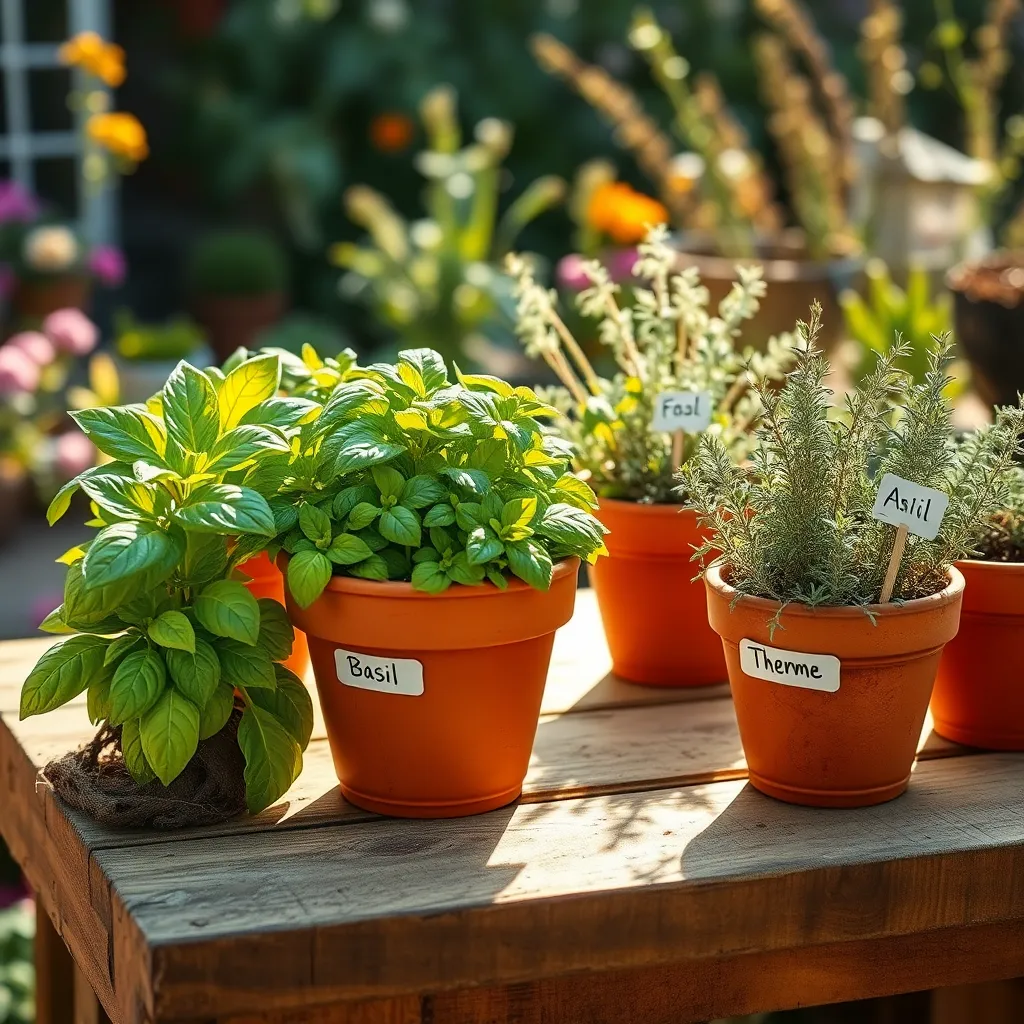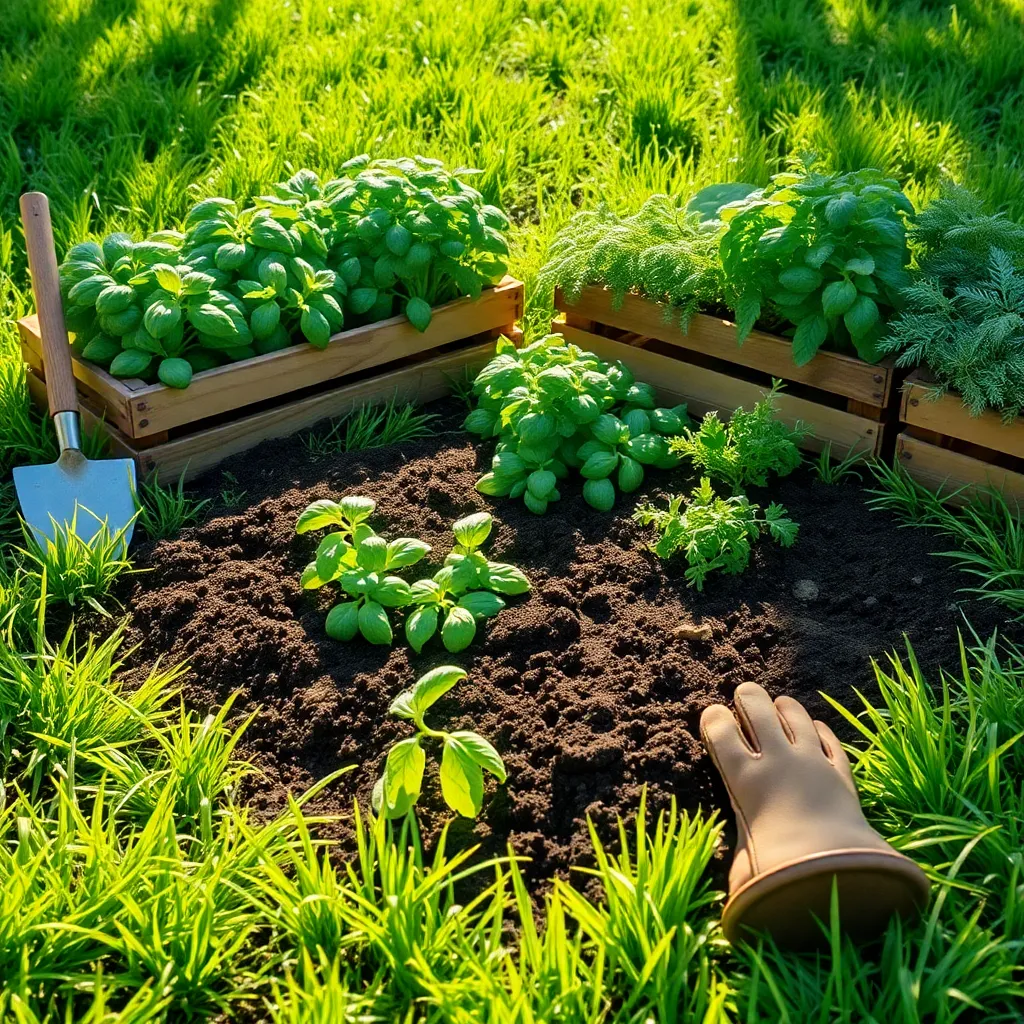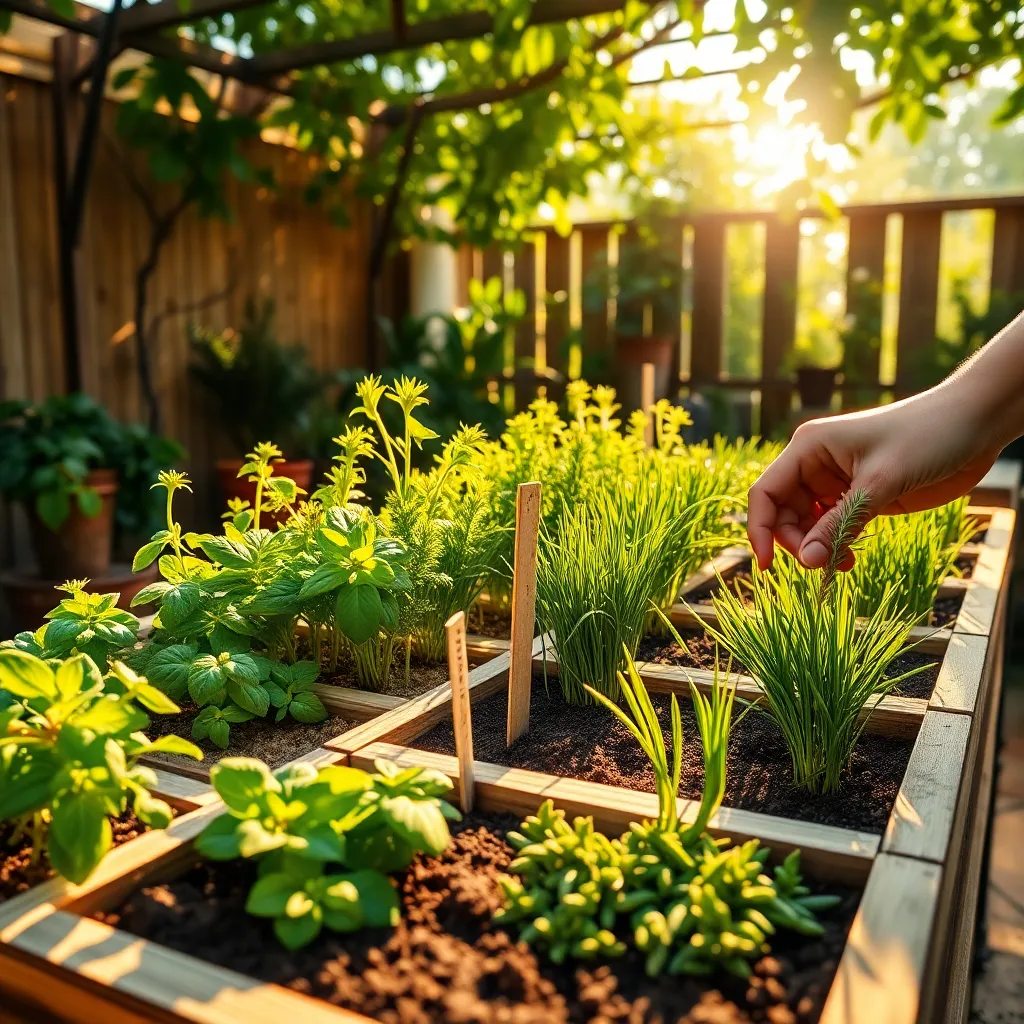Welcome to the delightful world of herb gardening, where the simple joy of nurturing plants transforms your kitchen into a haven of fresh flavors and aromas. Whether you’re a seasoned gardener or taking your first steps into the soil, building your own herb garden is a rewarding endeavor that brings a touch of nature’s magic to your home. With just a bit of planning and care, you can cultivate a lush, vibrant herb garden that not only enhances your culinary adventures but also offers a sensory retreat right at your fingertips.
Imagine stepping outside to snip a sprig of fragrant basil or a handful of zesty mint—these small moments can elevate everyday meals into memorable experiences. In this article, we’ll guide you through the essentials of planning, planting, and maintaining a thriving herb garden that suits your space and lifestyle. From selecting the right herbs to understanding the nuances of soil, sunlight, and watering, you’ll gain the confidence to create a green sanctuary of your own. Whether your garden is a windowsill in a city apartment or a corner of your backyard, the journey to cultivating your own herbs is as rewarding as the harvest itself.
Select the Perfect Location

To start your herb garden successfully, choosing the right location is crucial. You’ll want a spot that receives at least six to eight hours of sunlight daily, as most herbs thrive in sunny conditions.
If you’re in a region with intense heat, consider a location that offers some afternoon shade to prevent your herbs from wilting. A south-facing garden bed or a sunny windowsill can be ideal for maximizing light exposure.
Ensure the soil is well-draining to prevent waterlogging, which can harm your plants. You can improve drainage by adding organic matter such as compost or well-rotted manure to your soil before planting.
For those with limited space, container gardening is an excellent alternative. Choose pots with drainage holes and use a high-quality potting mix designed for herbs to ensure optimal growth.
Gather Essential Gardening Tools

To start building your herb garden, you’ll need a collection of essential gardening tools. A sturdy trowel is a must-have for digging small holes and transplanting your herbs with ease.
Pruning shears are crucial for maintaining the health of your plants by allowing you to trim dead or overgrown stems. These shears should be sharp and comfortable to handle, ensuring precise cuts that promote vigorous growth.
Consider investing in a small watering can with a long spout for accurate watering, especially in tight spaces. This will help you avoid over-watering while ensuring each herb receives adequate moisture.
For those who are ready to take their gardening to the next level, a soil pH tester can be a valuable tool. It helps you understand the soil’s acidity, allowing you to adjust it for optimal herb growth by adding amendments like lime or sulfur.
Choose Your Favorite Herbs

When choosing herbs for your garden, start with those you frequently use in your cooking. Popular choices like basil, parsley, and mint are not only versatile but also relatively easy to grow, making them perfect for beginners.
Consider the growing conditions each herb prefers to thrive. Basil, for instance, loves full sun and well-drained soil, while mint can tolerate partial shade and prefers moist conditions.
For a successful herb garden, ensure you understand the water needs of your plants. Most herbs, like rosemary and thyme, prefer to dry out between waterings, so a well-draining soil mix is crucial to prevent overwatering.
Advanced gardeners might enjoy experimenting with less common herbs such as tarragon or lemongrass. These can add unique flavors to your cooking and challenge your gardening skills with their specific climate and soil requirements.
Prepare the Planting Soil

Before you plant your herbs, it’s crucial to prepare the soil to ensure a healthy growing environment. Start by selecting a well-draining soil mix, as most herbs prefer a balance of moisture and aeration.
Incorporating organic matter like compost or well-rotted manure can significantly enhance soil fertility. This addition will not only improve nutrient content but also help retain moisture without causing waterlogging.
For those who want to take their soil prep to the next level, consider testing the pH level. Most herbs thrive in slightly acidic to neutral pH levels, typically between 6.0 and 7.0.
After amending your soil, make sure it’s loose and crumbly, which allows roots to grow freely. Use a garden fork or tiller to achieve the right texture, breaking up any clumps.
Plant and Space Herbs Properly

Proper spacing is crucial for healthy herb growth and to prevent overcrowding. Herbs like basil and parsley need about 12 inches between plants, while others such as thyme and oregano can thrive with 6 to 8 inches of space.
Consider the mature size of the herbs when planning your garden layout. Plant taller herbs, like dill and fennel, at the back of the garden bed to ensure smaller plants receive adequate sunlight.
For optimal growth, ensure your herbs are planted at the correct depth. Most herbs should be planted at the same depth as they were in their nursery pots to avoid stress and promote healthy root development.
To maximize the use of space, consider companion planting. Mixing herbs with complementary growth patterns, like chives and tarragon, can help deter pests and promote a balanced ecosystem in your garden.
Conclusion: Growing Success with These Plants
In “How to Build Your Own Herb Garden,” we explored five key concepts that parallel nurturing a thriving relationship: choosing the right foundation, tending regularly to maintain growth, understanding each plant’s unique needs, the importance of patience, and celebrating the harvest. Just as an herb garden flourishes with attention and care, so too do our relationships when we invest in them mindfully and consistently.
To take immediate action, consider setting aside time this week to have an open conversation with your partner or loved one. Share your aspirations for your relationship and discuss how you can support each other’s growth, much like tending to your garden together.
Save this article as a handy guide for strengthening your relationship through nature-inspired wisdom. By bookmarking this piece, you’ll have a resource to revisit whenever you need a gentle reminder of the nurturing principles that foster deep, enduring connections.
Looking forward, remember that relationships, like gardens, are dynamic and ever-evolving. With dedication and love, you can cultivate a bond that not only withstands the seasons but flourishes with each passing day. Embrace the journey, and watch your relationship bloom beautifully.
